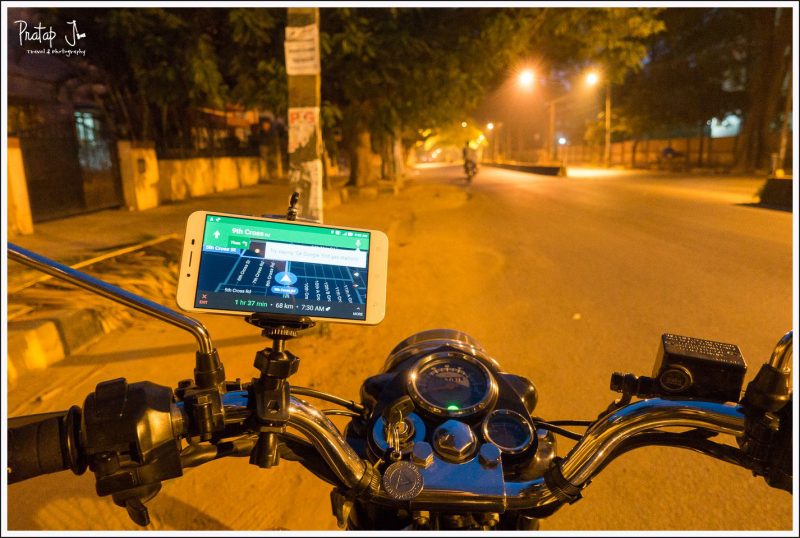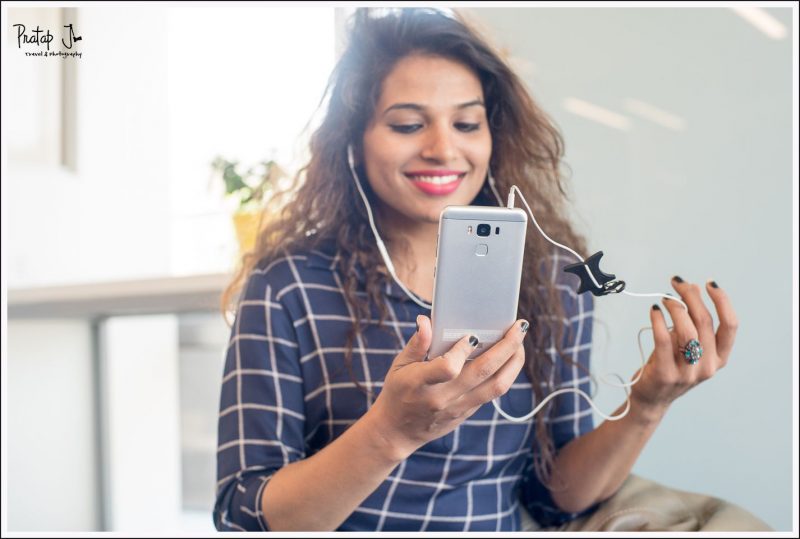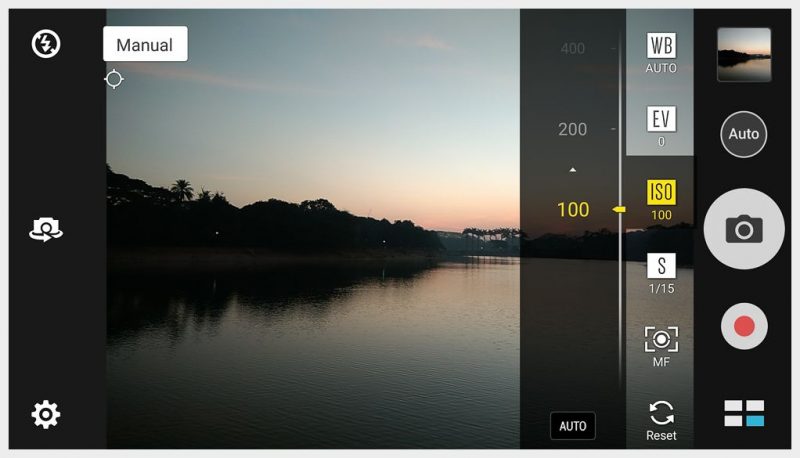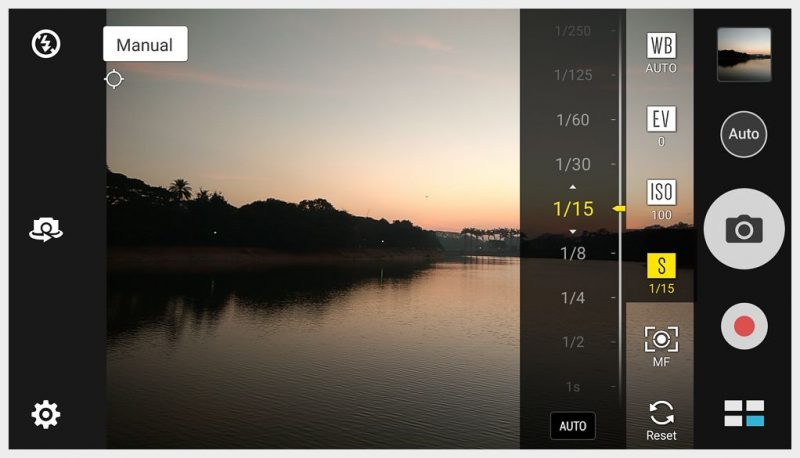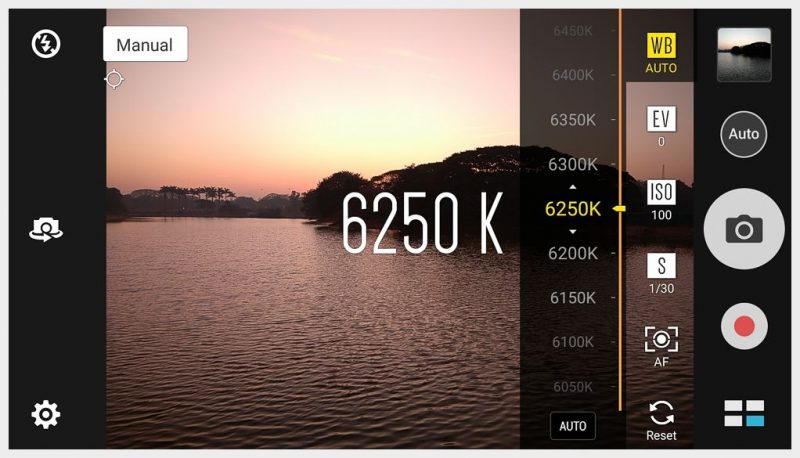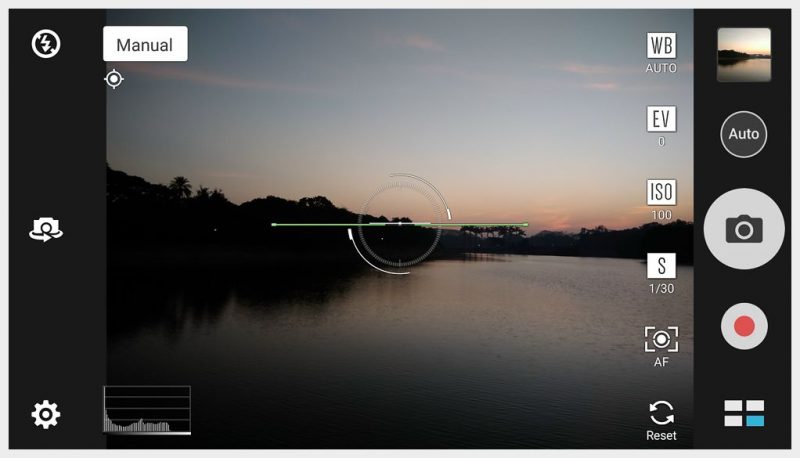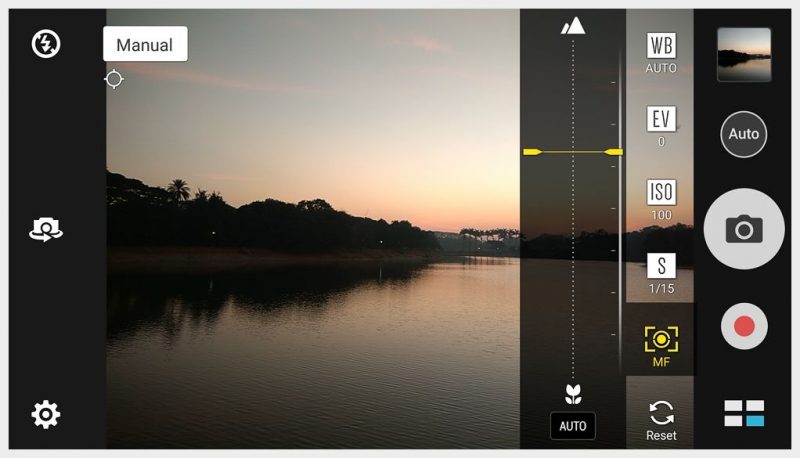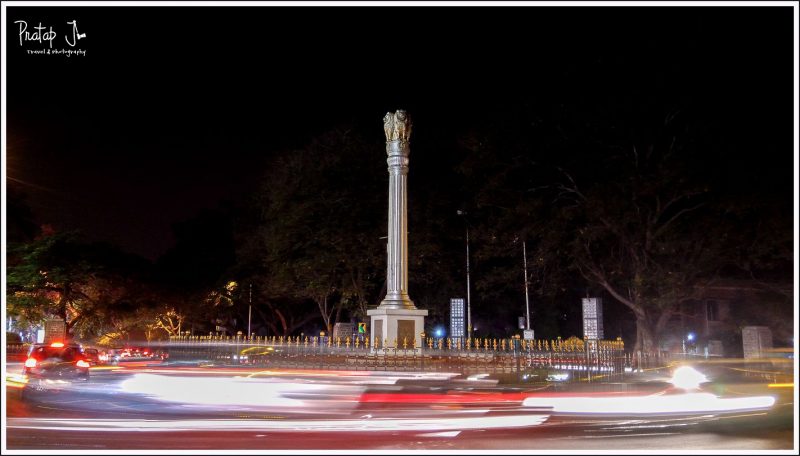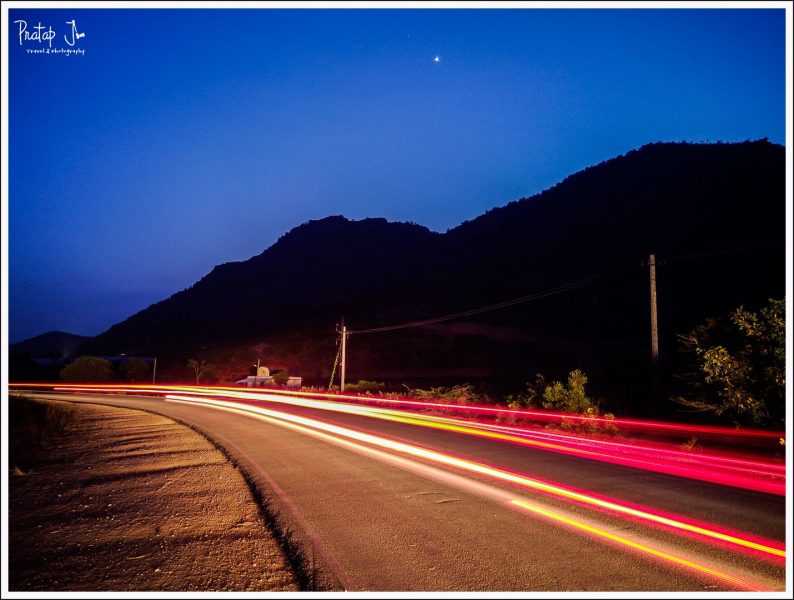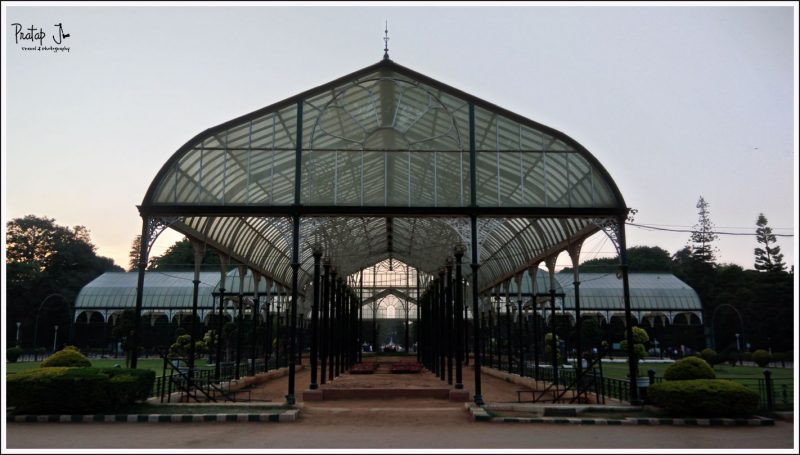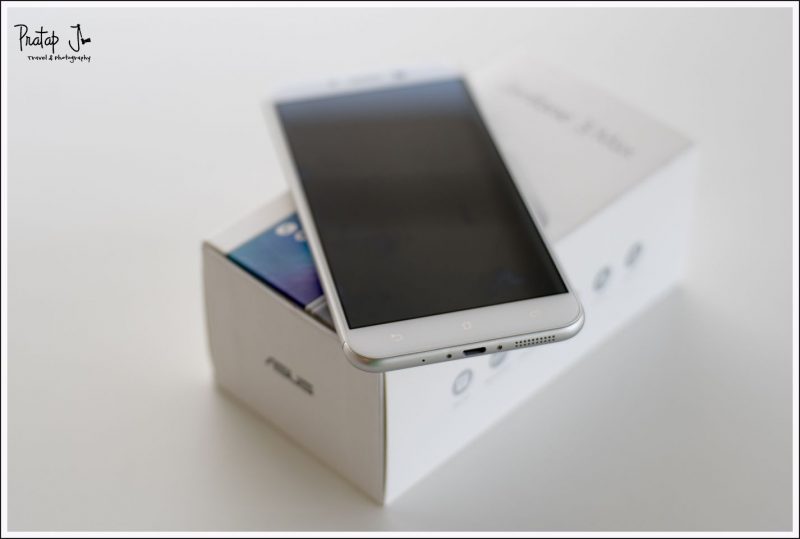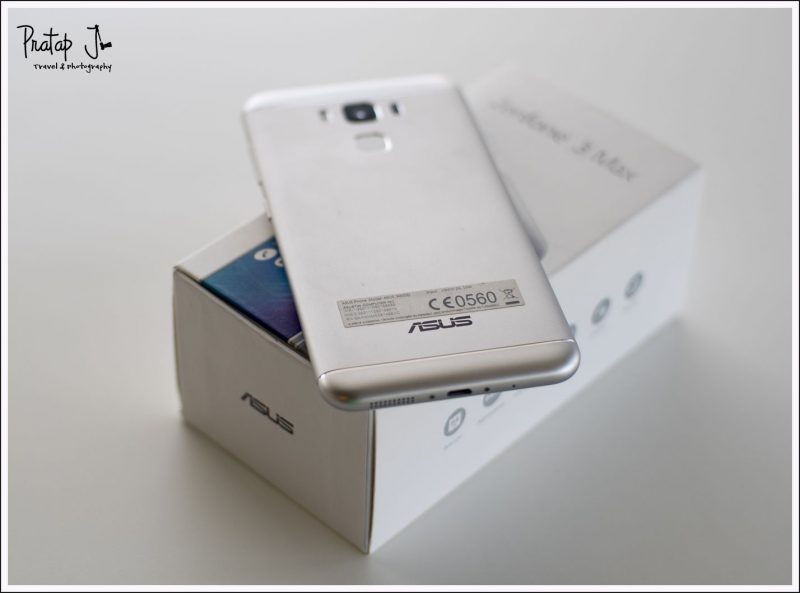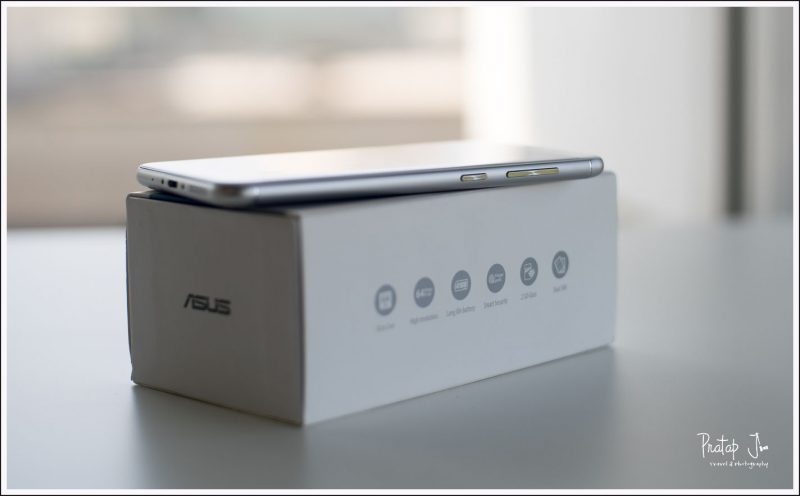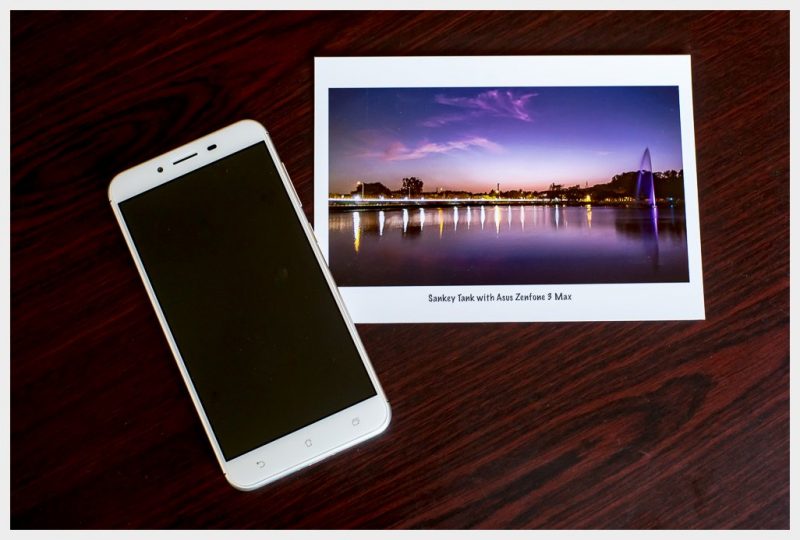Smartphone ownership is on the rise with lifestyle activities slowly shifting into the digital space. With the increasing demand for multi-dimensional smartphones, probably the first thing a consumer would look out for is the battery life – thanks to our never ending affinity towards being stuck to the mobile screens.
Not to forget, smartphone cameras are only getting better with every new generation. The demand for point and shoot cameras have declined rapidly over the past few quarters. Pocket friendly mobile phones have supplanted point and shoot cameras that casual picture takers once loved.
When I received the Asus Zenfone 3 Max (ZC553KL), I had in mind the fact that the battery life of a device directly influences how frequently it gets used. Previously, smart phones suffered poor battery life which prevented me from using the camera for serious picture taking. But the Zenfone 3 Max with its 4100 mAh Li-Ion battery changed my perception. Using the phone for tasks such as mapping and listening to music does not strain the battery at all.
But hey, being a photographer I also thought it would be a fun challenge to see what kind of pictures I could make with it. My primary camera is a DSLR but I don’t wish to carry it around always. If I can get the job done with a smaller, lighter camera, why not? The Asus Zenfone 3 Max (5.5 inch version) has a 16 MP sensor, large f/2.0 lens, phase detection with laser autofocus, and dual-LED (dual tone) flash. So it was up to me to make the best of it. The phone is available in another variant that has a 5.2 inch screen and a 13MP camera.
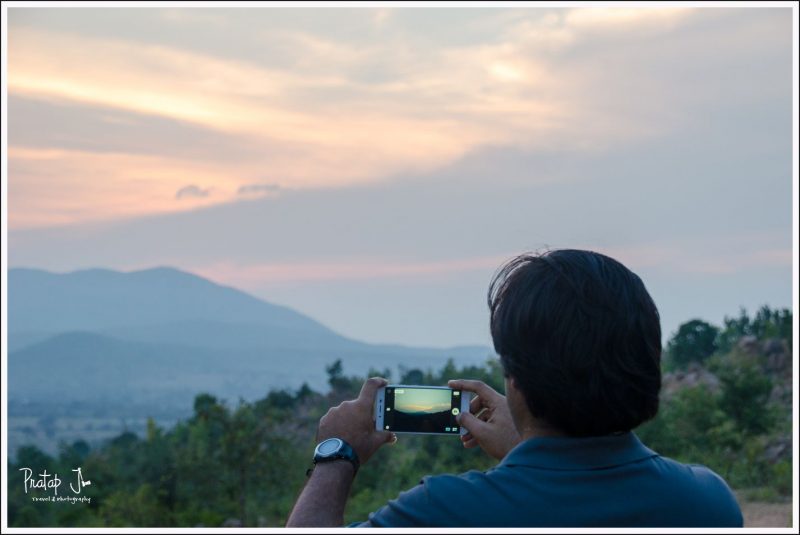 Battery Life
Battery Life
The ZenFone 3 Max indeed has an impressive battery life. I used it to charge an iPhone 6s that was at 20% power. After the iPhone 6s reached 90%, the Zenfone 3 Max still had 24% power remaining.
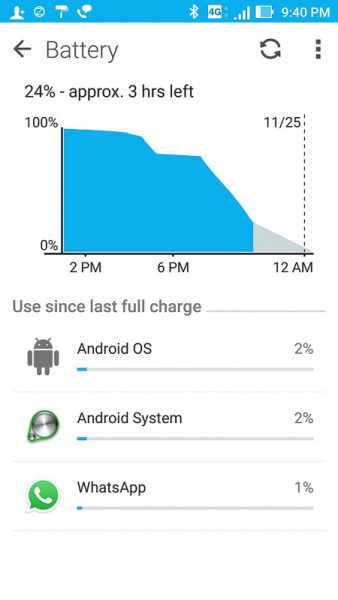 After a full charge of the phone (which takes about 4 hours), I didn’t need to worry about finding a power point for almost two days, so no more dead phones in the middle of getting directions or even your favourite song
After a full charge of the phone (which takes about 4 hours), I didn’t need to worry about finding a power point for almost two days, so no more dead phones in the middle of getting directions or even your favourite song
Camera Controls
The Asus ZenFone 3 Max offers the following features in the default camera app:
- Manual controls to change the shutter speed, ISO, and white balance
- Manual focusing
- Manual exposure value (EV) control
Smartphones have fixed aperture lenses. But if they offer control over other exposure parameters, then there are a lot of cool photos you can take. Here are some of the manual settings in the default camera app.
On several occasions, I mounted the phone on a tripod to shoot creative photographs. The leveling indicator (green line in the screenshot below) was a great way to ensure that my photos were not misaligned.
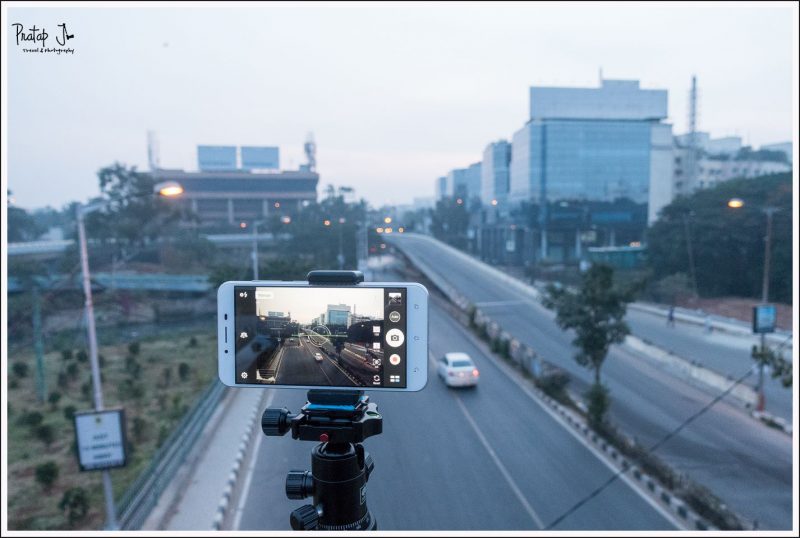 I found the phase detection auto focus to be accurate in well lit areas. The camera however did struggle to focus in low light or high contrast scenes, but even DSLRs aren’t much better in this regard. In case you aren’t happy with the auto focus, you can easily focus manually by using a slider that has markings from macro to infinity.
I found the phase detection auto focus to be accurate in well lit areas. The camera however did struggle to focus in low light or high contrast scenes, but even DSLRs aren’t much better in this regard. In case you aren’t happy with the auto focus, you can easily focus manually by using a slider that has markings from macro to infinity.
If manual controls don’t excite you, the phone has an auto mode that is very capable. The auto mode works similar to that of a DSLR and you can override some of the settings.
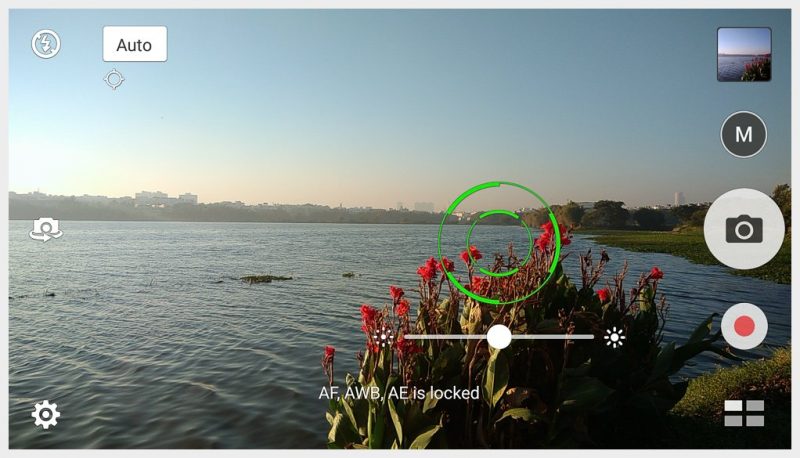 Other cool features:
Other cool features:
- Timelapse and panorama
- HDR Pro mode
- Low light and night mode
- Beautification and other effects
- Super resolution mode (64 MP)
- Selfie mode
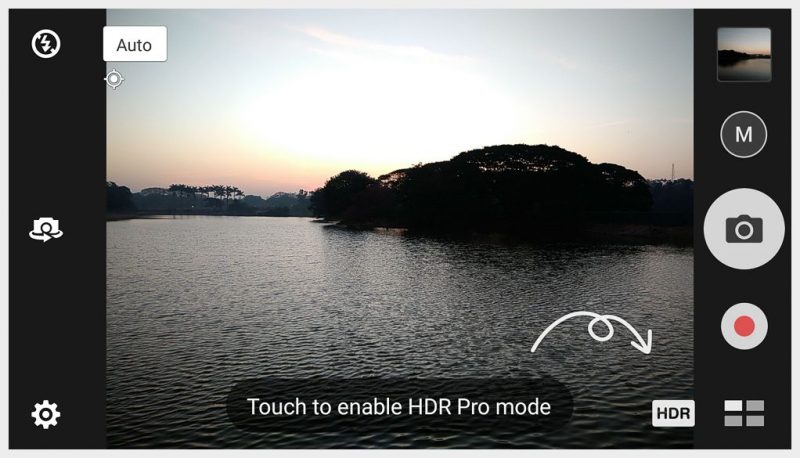 With the help of photos that I clicked with the Zenfone 3 Max, let me walk you through how I used the default camera app:
With the help of photos that I clicked with the Zenfone 3 Max, let me walk you through how I used the default camera app:
Manual Control of Shutter Speed
In the exposure triangle, shutter speed, ISO and aperture are three values that you can control to capture the brightness of the scene accurately. Smartphones, including the Asus ZenPhone Max 3, have a fixed aperture. So I had to get creative with controlling the shutter speed and ISO. Even with this basic level of control, I could use the camera to make different kinds of photos!
 If you don’t like to use the manual mode, but still want a greater level of control, you could try using the night mode and super resolution mode. Night mode automatically reduces the shutter speed while low light mode helps you get a steady shot by reducing the resolution to 3 MP. Super resolution helps you capture more detail in a photograph by merging several images to give you a 64 MP file.
If you don’t like to use the manual mode, but still want a greater level of control, you could try using the night mode and super resolution mode. Night mode automatically reduces the shutter speed while low light mode helps you get a steady shot by reducing the resolution to 3 MP. Super resolution helps you capture more detail in a photograph by merging several images to give you a 64 MP file.
Manual Control of ISO
The ISO value determines the sensitivity of the camera sensor to ambient light. A high ISO setting such as ISO 800 or 1600 helps you capture photos in low light, but that would result in more grains in the photo. If you lower the ISO in low light to eliminate grains, the shutter speed will also go low and that would result in shots that are blurry. In auto mode, cameras increase the ISO to help you get blur free shots. But if you have a way to keep the phone steady (like on a tripod), blur due to slow shutter speed should not be a problem. You can increase or decrease the ISO to control the sensitivity and grain.
By manually increasing the ISO and mounting the phone on a tripod, I was able to take photos in extremely dark conditions like this image of the night sky. I could even capture stars in the night sky!
Manual Control of White Balance
The white balance you set determines how the camera captures colours. By manually setting the white balance, I could change the way the colors of sunset looked.
HDR Pro Mode
The High Dynamic Range (HDR) Pro mode is useful in situations when the scene you are trying to shoot appears dark in some areas. Without using the HDR mode, the exposure in the photo is generally not balanced.
Timelapse and Panorama mode
Panoramas are useful when you need to capture a wide scene that extends beyond what the camera can normally capture. The panorama mode works only in vertical orientation in most phones. On the Zenfone 3 Max, I could use the phone in both horizontal and vertical orientation while clicking panoramas.
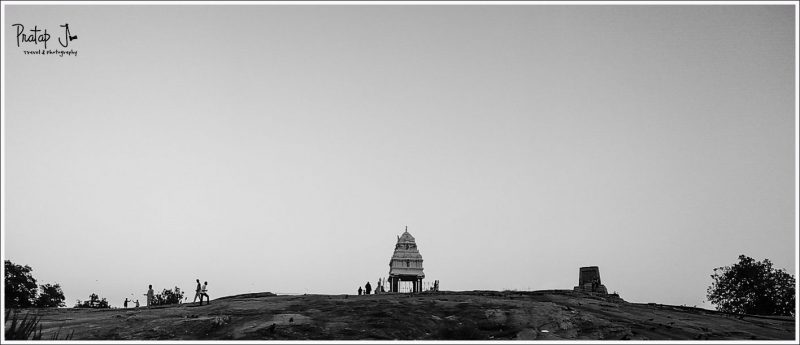
Timelapses are a fun way to show something changing over an extended period of time. Timelapses are a great substitute for videos.
In this timelapse, I captured the changing hues in the sky during sunset at Sankey tank in Bangalore.
Unboxing and Design
The box I received contained:
- 1 x ZenFone 3 Max Glacier Silver handset.
- 1 x Charging Adapter.
- 1 x Charging Cable.
- 1 x OTG Cable.
- SIM pin
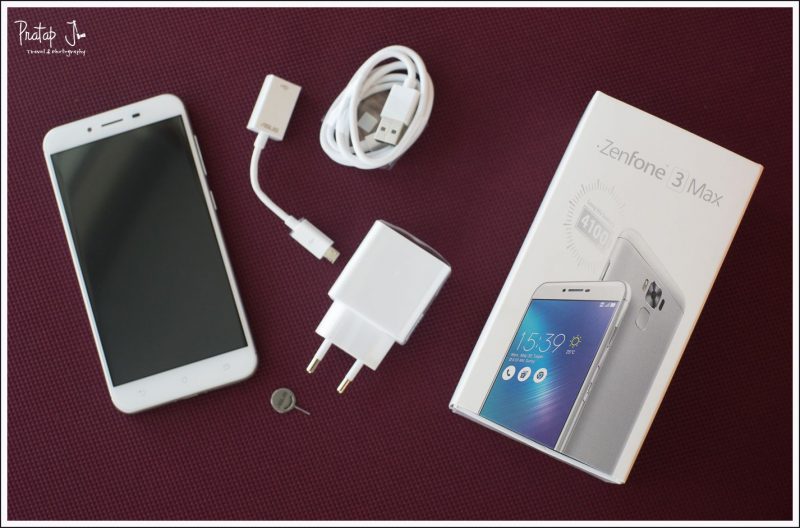 Why OTG cable? Because the battery life on this phone is so good that you can use it to charge other devices!
Why OTG cable? Because the battery life on this phone is so good that you can use it to charge other devices!
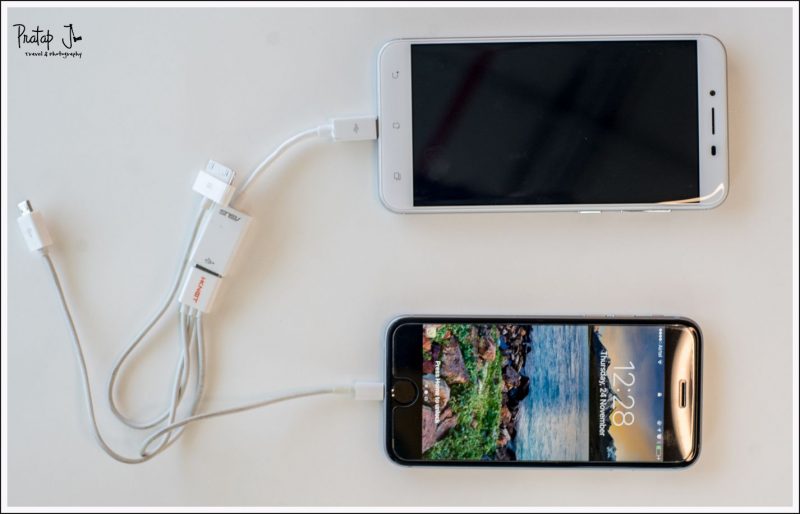 The ZenPhone Max 3 feels extremely nice to hold because of the the aluminum unibody construction and slim design. The rounded edge glass fused into the body of the phone gives it a premium, glossy look. The 5.5 inches screen feels adequate in size and outputs rich, vibrant colors. The phone charges via the more commonly available USB micro cable and comes with the widely used 2.5mm jack. Thank you for keeping it simple by adopting popular ports, Asus!
The ZenPhone Max 3 feels extremely nice to hold because of the the aluminum unibody construction and slim design. The rounded edge glass fused into the body of the phone gives it a premium, glossy look. The 5.5 inches screen feels adequate in size and outputs rich, vibrant colors. The phone charges via the more commonly available USB micro cable and comes with the widely used 2.5mm jack. Thank you for keeping it simple by adopting popular ports, Asus!
The phone can take two SIM cards, but the second SIM slot accepts either a nano SIM card or a microSD Memory Card. So if you are using two SIMs, you have to make do with the built-in 32 gigs of storage. Else, the phone memory can be expanded up to 128 gigs.
After I configured the finger print scanner as part of the set up process, I was pleasantly surprised at how responsive it was. The accuracy of the scanner was very impressive and the phone always unlocked instantly. Depending on a pin or a pattern to unlock the phone is now a thing of the past.
Top 3 Reasons Why You Should Buy the Asus Zenfone 3 Max
I used the phone for about a week to click pictures in and around Bangalore. I even printed one of the photos to see the final output on paper.
Based on my experience, here are 3 reasons why I think this phone might be right for you.
- Battery life. If you are a traveler or someone who is away from a charging port for long hours, this phone is highly dependable because of its stellar battery life. The reverse charging feature with the included OTG cable is very handy. Oh, did I tell you that the battery lasts a good 2 days with a single charge? Super convenient!
- Advanced PixelMaster Camera. If you are a photographer who uses manual controls in a camera, then this is just the phone for you. Some of the photos I have taken, such as the ones with long exposure, would not have been possible without manual controls. For those who don’t want to use these manual controls, the camera can be used in auto mode. The phone features industry leading Backlight (Super HDR), Super Resolution and Low Light modes so you can’t go wrong with using the auto mode.
- Design. As someone who appreciates a well designed product, I think the Zenfone 3 Max is a phone that you will not get bored of quickly. The metallic unibody construction is slim and lightweight which makes the phone great to hold.
In conclusion, the Asus Zenfone 3 Max is a power packed device that offers everything you would expect from a phone. The finger print scanner is well implemented and highly usable. The Qualcomm Snapdragon 430 Octa-core 64-bit processor handles pretty much anything that you throw at it. The battery life and camera make it a great companion for your travels.
Here are some of the pictures I clicked with the Zenfone 3 Max:

